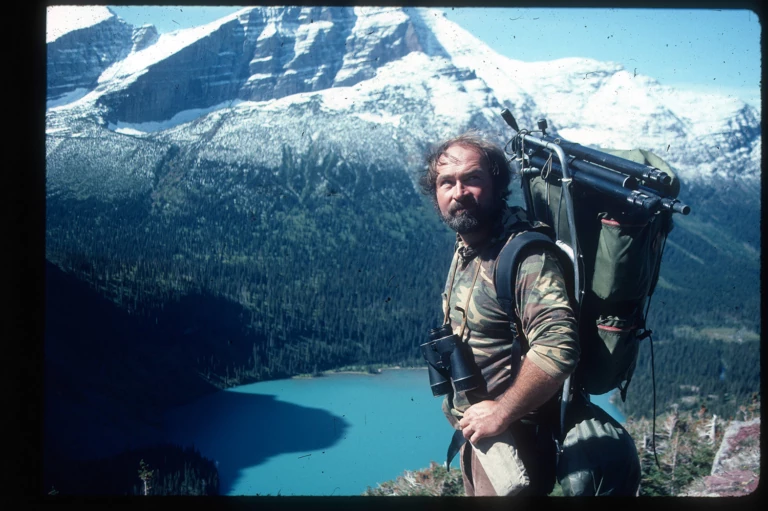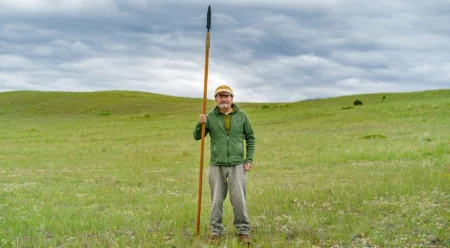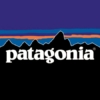Doug Peacock’s Fight for That Last Bear: Ben Moon’s “Grizzly Country”
Is it possible you’re reading this on The Cleanest Line and it’s the first you’re hearing of Doug Peacock?
Is that even possible? Well, if so, you’re in for a real treat.
In his latest film, Grizzly Country, Ben Moon creates a portrait of Peacock—a man who’s long been willing to put life and limb on the line for grizzly bears—that succeeds as an introduction to Doug and his work, but also has some startling, intimate moments for those more familiar with him.
“I look like a lost prophet in old moccasins wandering the hills looking for two bars on my phone,” Doug said through raspy reception as we tried to wrangle him for an interview. Remaining as close to wild as possible, Peacock lives out in the big empty of Montana and has been observing, tracking, and documenting brown bears in their natural habitat for 50 years. After serving as a Green Beret medic in the Vietnam War, he returned to the States struggling with post-traumatic stress disorder, and the wilderness became his haven. “I was naïve and stupid and the bears gave me grace and tolerance. They didn’t chew my ass off which is what they should have done,” he says. “Instead, they saved my life.”

Photo: Doug Chadwick
The bear populations he knows best have become seriously threatened by the environmental effects of global warming and habitat fragmentation, and are down from an estimated 50,000 before the 1800s to 1,800 today in the Lower 48. Territories home to the bears such as Yellowstone National Park are warming and drying, and the increase in forest fires is transforming forests into grasslands. Due to mild winters, the pine beetle has decimated whitebark pine trees that serve as the primary food source for grizzlies. Peacock strives to tell the story of the grizzlies’ plight by carefully archiving and documenting their every move. His fervor is evident in his every word.
“I don’t want to live in a world where grizzlies don’t exist,” he says. “I’m going to spend the rest of my life fighting for that last bear, no matter what it takes.”

